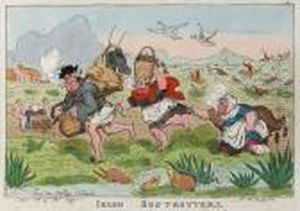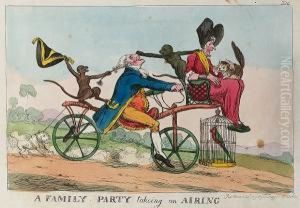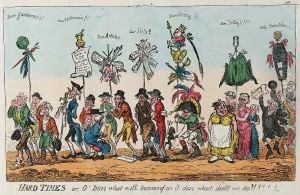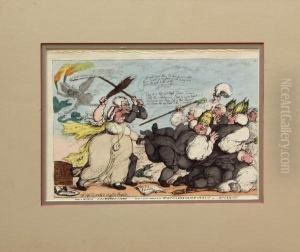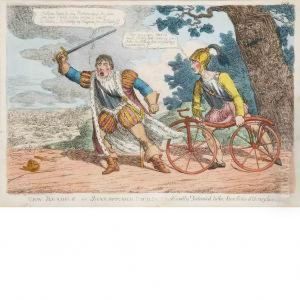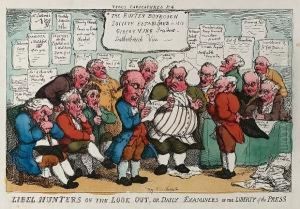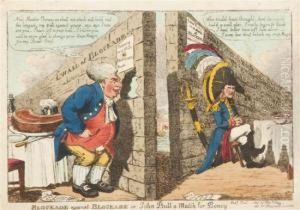Thomas Tegg Paintings
Thomas Tegg was an influential figure in the early 19th-century British publishing world, born in 1776 in Wimbledon, England. While Tegg is not an artist in the traditional sense of painters or sculptors, his contributions to the art of book publishing and illustration had a significant impact on the visual culture of his time. Tegg's career is notable for his innovative approaches to publishing, which included making books and educational materials more accessible to the general public at affordable prices. This was a departure from the prevailing model of publishing for the elite, making him a pioneer in democratizing knowledge through printed materials.
Tegg opened his own bookstore in Cheapside, London, in 1800, which quickly became a hub for the sale of second-hand books and new publications. His business acumen and understanding of the market's needs led him to specialize in publishing reprints of popular works, thereby significantly reducing costs and making literature available to a wider audience. Tegg's catalogue eventually expanded to include original works, encompassing a range of genres from literature and history to science and textbooks.
One of Tegg's notable contributions to the art world was his involvement in publishing illustrated works. He recognized early on the importance of visual elements in books, not only for aesthetic appeal but also for educational purposes. Tegg collaborated with artists and engravers of the time to include illustrations in many of his publications, thereby supporting the careers of visual artists and contributing to the evolution of book design and illustration techniques.
Despite facing financial difficulties and bankruptcy in 1824, Tegg managed to revive his business and continued to influence the publishing industry until his death in 1846. His legacy is seen in the continued practice of making literature and educational materials more accessible to the broader public, a principle that remains central to publishing today.

